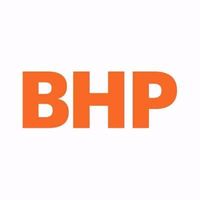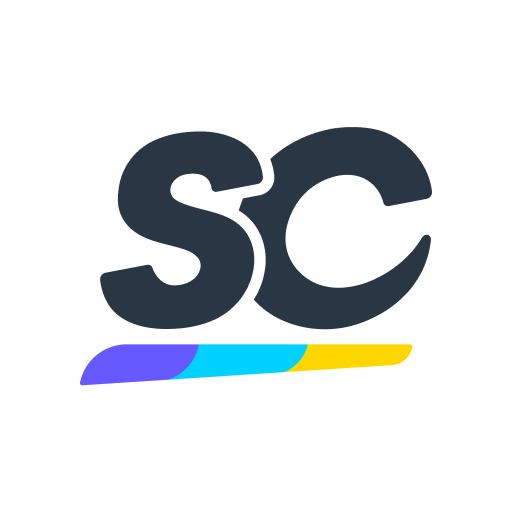Title Page
-
Prepared by
-
Conducted on
-
Location
Utility Terrain Vehicle Compliance Inspection
-
All Metals Exploration and contractor owned or leased Utility Terrain Vehicles (UTVs) must be inspected and approved prior to commencement of exploration activities.
The UTVs must meet one of the following 5 Star Ratings: ANCAP, Euro NCAP, Latin NCAP, NHSTA or IIHS.
This Inspection checklist is applicable for (UTVs) with a maximum capacity of 4 occupants. -
Project name:
-
Project Location:
-
Estimated commencement date:
-
Estimated duration of use:
-
Equipment Owner or Operator:
Vehicle Specific Details
-
Vehicle Type:
-
Registration #:
-
Call Sign / ID#:
-
Vehicle Make & Model:
-
Date of Manufacture:
-
Fuel Type:
-
Date of last maintenance:
-
Vehicle Color:
-
Odometer/Hour Reading:
-
Trailer Maintenance Schedule:
-
Trailer Make & Model:
SECTION A - Minimum Vehicle Requirements
-
Any vehicle that receives a “Fail” in Section A must be rectified prior to the vehicle being given approval to operate with MEX, with this form being updated accordingly.
-
Side protection that prevents occupants limbs leaving the vehicle in the event of a crash
-
Tyres (incl. Spare) in good condition, suitable for terrain
-
3 point inertia reel seat belts for all occupants
-
Operational head lights, brake lights, signal /indicators
-
Horn, windscreen wipers and washers
-
Forward facing seats for all occupants
-
Rollover protection system (ROPS) fitted by manufacturer and compliant to SAE J2194
-
Vehicle maintained in accordance to manufacture guidance
-
Clear signage to indicate pay load limits
-
Attachment points for securing external cargo
-
Tyre changing equipment including 3x emergency road side triangles and pressure gauge
SECTION B – Additional Vehicle Requirements
-
A “Fail” in this sections, or where Not Applicable (N/A), must be supported with an explanation and or risk assessment.
-
Driver Monitoring System (DMS) with driver identification, speed and journey monitoring
-
Vehicle Medical Kit (based on risk assessment)
-
High Visibility Flag (based on risk assessment)
-
Reversing Alarm (based on risk assessment)
-
Wheel Chocks / Blocks for parking
-
Amber flashing or revolving roof mounted strobe light
-
Safeguards on moving parts
-
Securely mounted fire extinguisher
-
Safe access and egress from operator cabin
-
Additional Spare Tyre (based on risk assessment)
-
Vehicle Recovery Equipment (based on risk assessment)
-
Communication equipment (based on risk assessment)
-
4WD system for off-road terrain (based on risk assessment)
-
Maximum UTV height clearance label
-
Inclinometer to indicate maximum stability threshold (based on risk assessment)
-
Clearly identified Isolation Point, lockable in the off position
-
Handles, side-doors and nets in place
SECTION C – Vehicle Modifications (If applicable)
-
A “Fail” in all other sections, or where Not Applicable (NA), must be supported with an explanation and or risk assessment
You can attach a picture of the vehicle if unsure. -
Vehicle fitted with substantial aftermarket modifications have required certifications
-
Comments:
-
Pictures:
Vehicle Compliance
-
All vehicles owned or leased by the company or contractor are required to meet the relevant safety system specifications. Where it is determined that these specifications are unable to be complied with, an exemption may be approved Country Exploration Manager.
-
THIS VEHICLE MEETS THE MINIMUM REQUIREMENTS
-
CORRECTIVE ACTIONS REQUIRED
-
Comments:
Approval section
-
I certify that this inspection is accurate and in accordance to MEX UTV Requirements
-
Submit the form and leave the signing field blank for the Superintendent of Operations to sign/approve the document. The system will send an automated nofitication.
-
Superintendent Operations approval:








